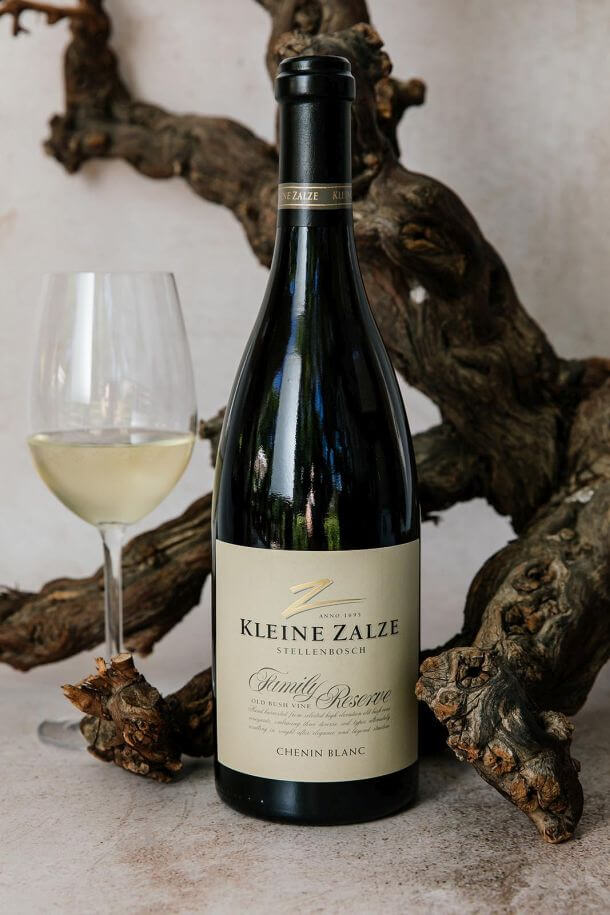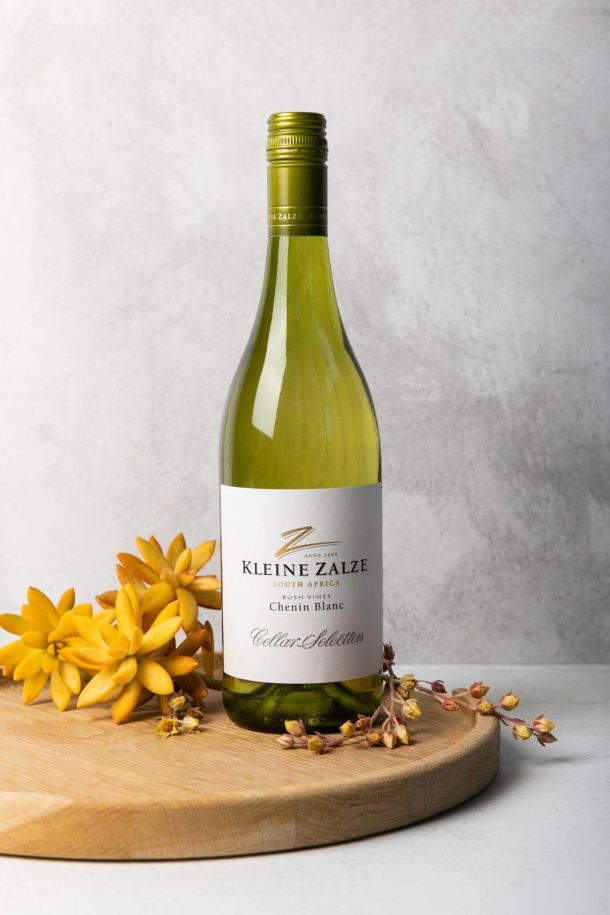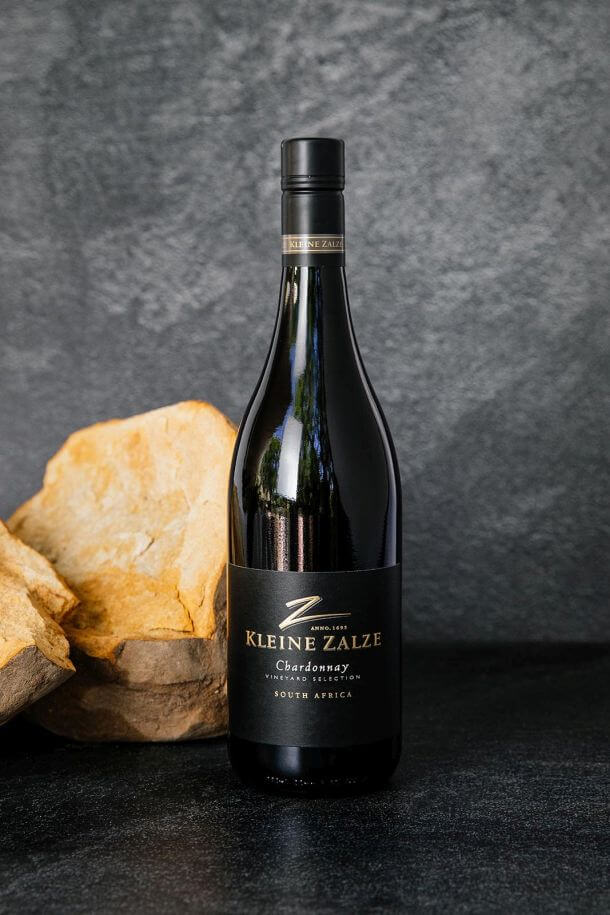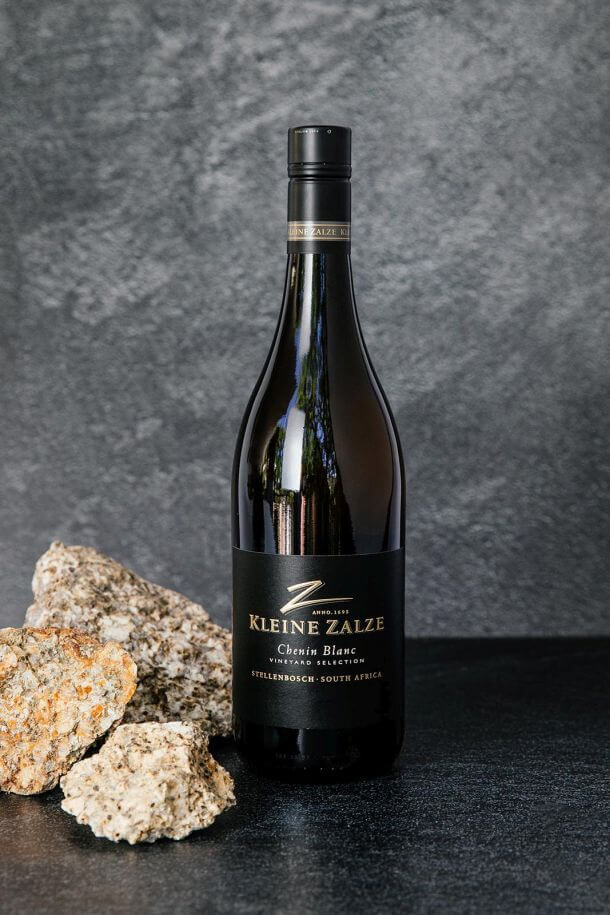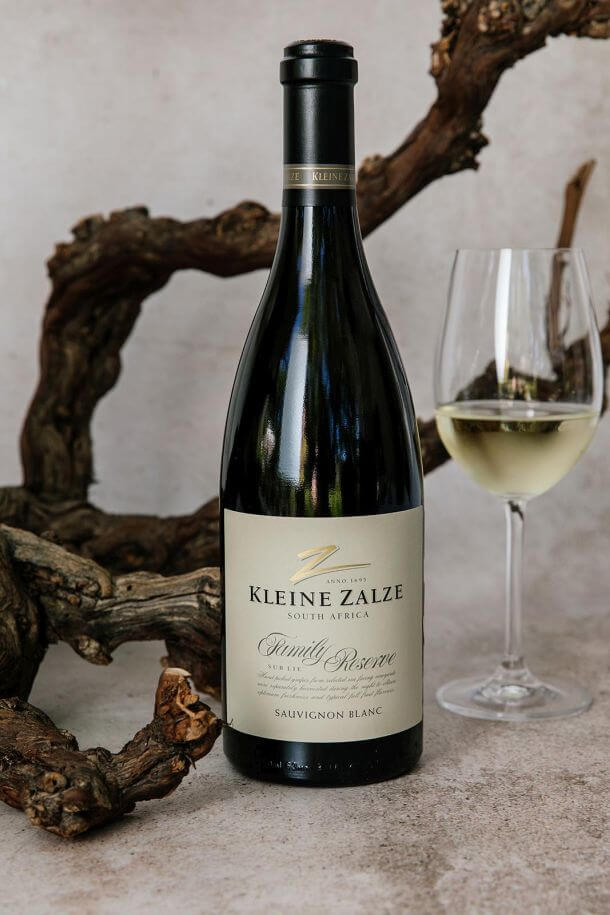Family Reserve
Chenin Blanc
White peach with bursts of citrus pith. Understated power with mineral finish on the palate and a delicate floral perfume.
R1,704.00 / Case (R284.00 / Bottle)
R260.00
R1,704.00 / Case (R284.00 / Bottle)
R260.00
Winemaker's Notes
Only the very best Chenin blanc is selected for this wine. Focus is placed on blending components that are not necessarily obviously pungent and fruity, but rather those that are intensely and elegantly structured, promising fantastic ageability. White peach with bursts of citrus pith. Understated power with mineral finish on the palate and a delicate floral perfume.
Ipsum dolor sit amet, consectetur adipiscing
Vinification
The grapes were picked separately between 21 and 23°balling, reductively crushed and the resulting juice given 12 -18 hours skin contact prior to settling. After only 1 day of settling, the slightly turbid juice was racked off its gross lees to a stainless-steel tank where it was inoculated with selected slow fermenting yeast strains. The juice was then gravity fed into 400l French oak barrels and 2 x 500l Italian Terracotta Amphora and, for the first time at Kleine Zalze, concrete eggs for fermentation. No new oak was used to preserve the delicate flavours of Chenin blanc. The wine spent an extra 8 months on the lees in the respective fermentation vessels, with no fining or filtration before bottling.
Only the very best Chenin blanc is selected for this wine. Focus is placed on blending components that are not necessarily obviously pungent and fruity, but rather those that are intensely and elegantly structured, promising fantastic ageability. White peach with bursts of citrus pith. Understated power with mineral finish on the palate and a delicate floral perfume.
The Family Reserve Chenin Blanc 2022 was crafted from three different wards and soils (Decomposed Granite, Oakleaf and Duplex) in Stellenbosch, each contributing to the complexity of the wine. 2022 is also the first vintage of Family Reserve to be certified as made from Heritage Vineyards. The canopy of the bush vines was suckered and tipped to ensure a cool microclimate around the bunches with no direct sun and without botrytis. Due to a cool, wet spring, budding was seven to 14 days later than usual, but consistently good and even, promising a great vintage.

